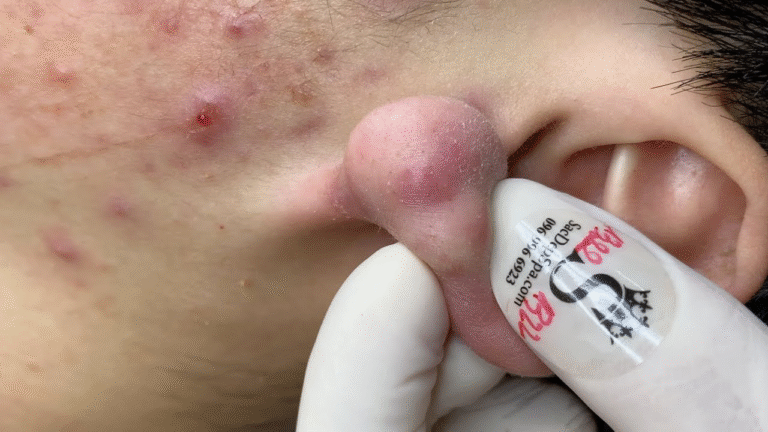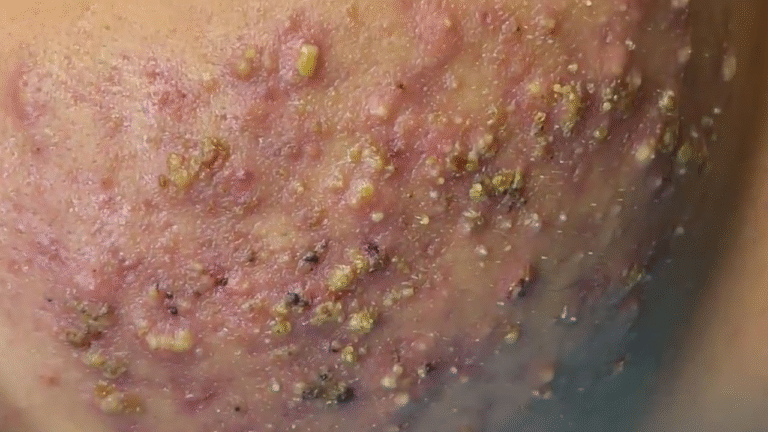
Blackheads can vary in size and severity. Understanding the different types of blackheads can help in identifying and treating them effectively.
Mild blackheads are small in size and are often barely visible. They may appear as tiny dark spots on the skin’s surface. These blackheads are usually easier to treat and can be managed with regular skincare routines.
Moderate blackheads are slightly larger in size compared to mild blackheads. They may be more noticeable on the skin and can be slightly raised. These blackheads may require more targeted treatments to effectively remove them.
Super giant blackheads are the largest type of blackheads and can be quite stubborn to treat. They are deeply embedded within the skin and may require professional intervention for effective removal. These blackheads can have a significant impact on the appearance of the skin and may cause discomfort or pain if left untreated.

Several factors can contribute to the development of super giant blackheads. Understanding these factors is crucial for preventing their formation and addressing them effectively.
Hormonal changes play a significant role in the development of super giant blackheads. During puberty, hormonal fluctuations can lead to an increase in sebum production, making individuals more prone to developing blackheads. Hormonal changes during menstrual cycles or pregnancy can also contribute to the formation of blackheads.
Genetics can also play a role in the development of super giant blackheads. Some individuals may have a genetic predisposition to producing more sebum or having a higher likelihood of developing clogged pores. Understanding one’s genetic predisposition can help in developing targeted skincare routines.



